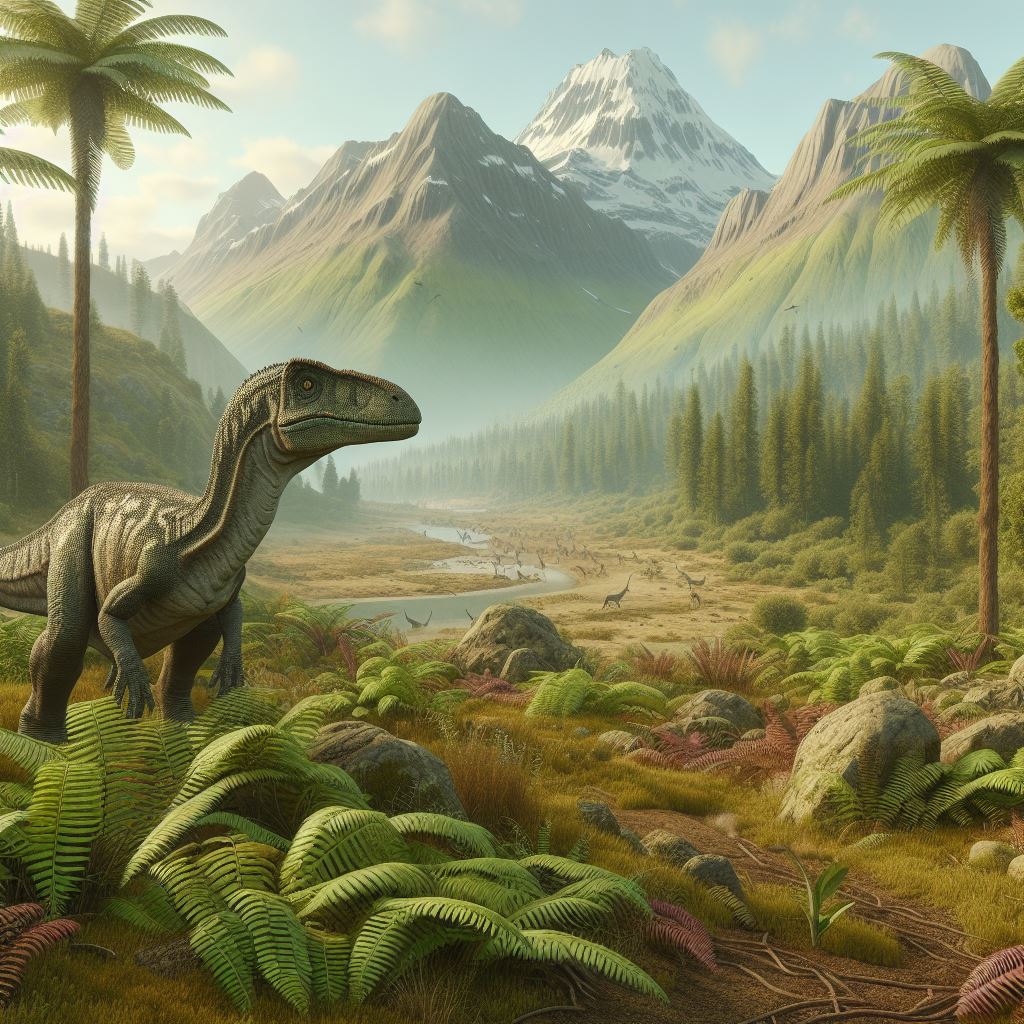The Triassic Period
251 - 201 Million Years Ago
The Triassic was a geological period that marked the end of the Permian age and saw the first Dinosaurs find their place in a chaotic world.
A Violent Beginning
This period began after the Permian-Triassic Extinction Event, either a major volcanic event or another meteorite impact, which wiped out 70% of terrestrial vertebrae species and 80% of marine species, including the Trilobites.
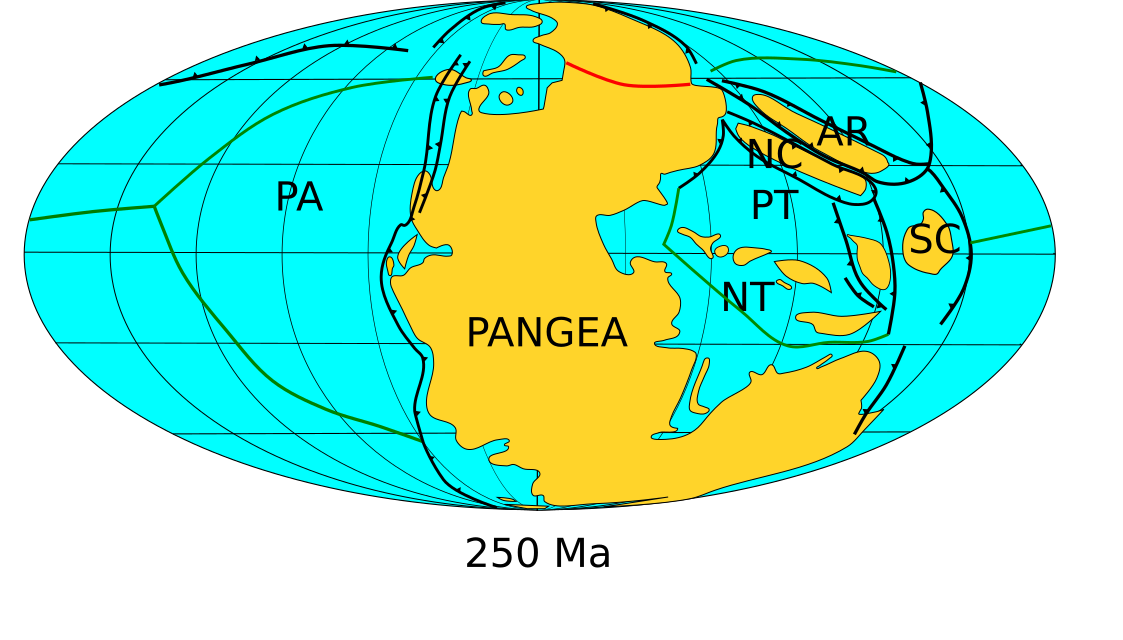
The Pangea Supercontinent would eventually break apart and form the continents we see today.
After surviving the P-T Extinction Event, life would have to find a way to survive on Pangea; a supercontinent comprising of all of Earth’s landmass.
The early Triassic Period was a free-for-all for survival, with the first mammals and reptiles challenging for global dominance.
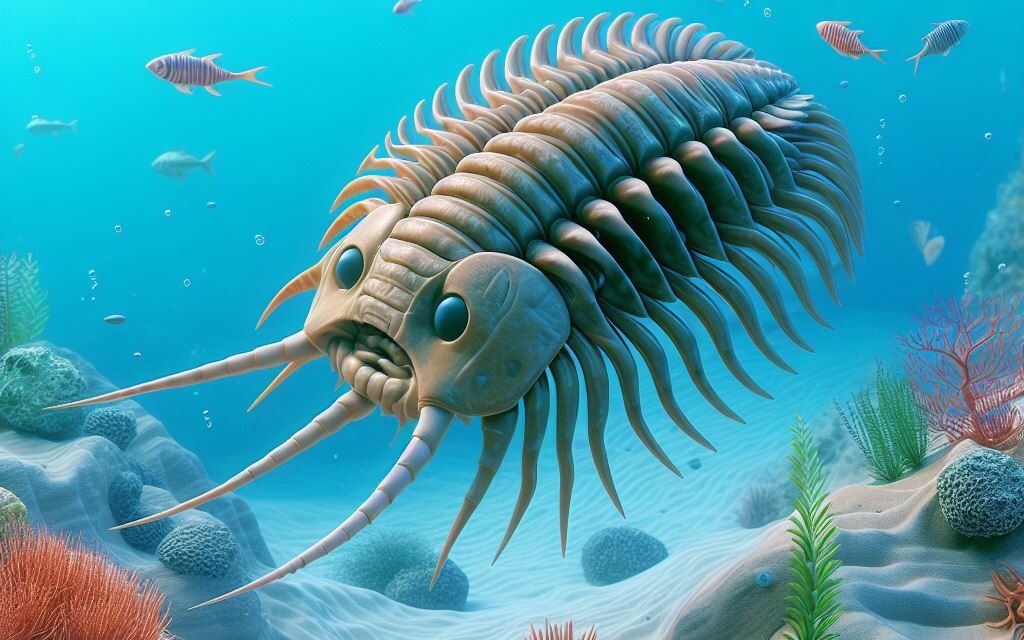
Trilobites and dinosaurs did not coexist, they were all extinct by the end of the Permian-Triassic Extinction Event.
Dawn of the Dinosaur
Amongst these early reptiles were a sub-group called Archosaurs. Over the course of the Triassic, the dominant Synapsids of the Permian-Age began to decline; allowing Archosaurs to thrive and diversify.
The Archosaurs include various Mesozoic groups such as crocodilians, birds, pterosaurs and the Dinosaurs.
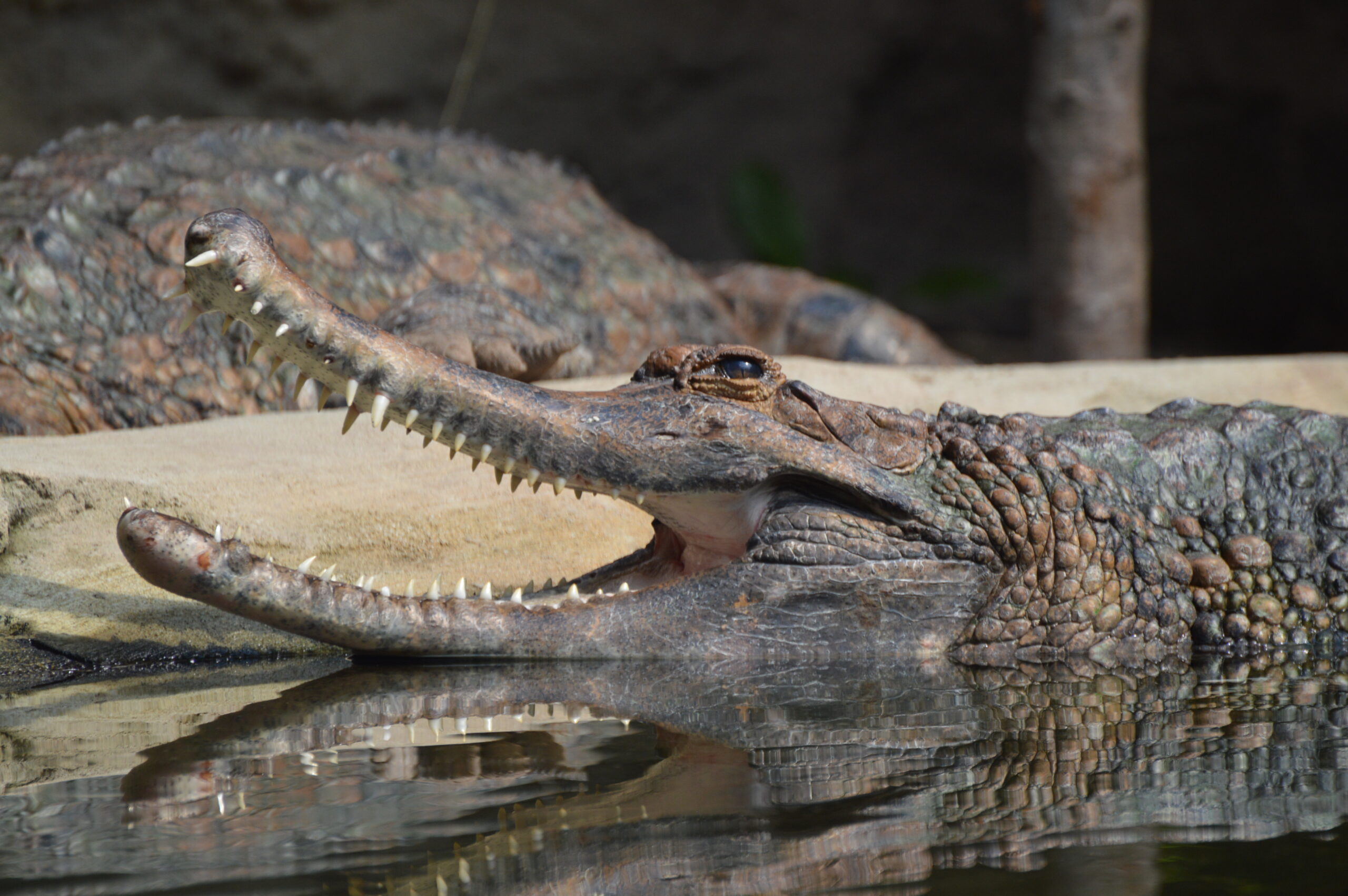
Crocodilians evolved from reptiles that predate dinosaurs and still live, over 200 million years later.
Dinosaurs started to become an established group around the mid-point of the Triassic Period.
These small creatures would have scurried across the landscape, trying to survive amongst much more dominant Archosaurs and Synapsids.
A key characteristic of Dinosaurs was their leg structure. Dinosaurs had straight legs which were perpendicular to their bodies whereas other animal groups had legs that sprawled outwards (think of the difference between an ostrich and a crocodile).
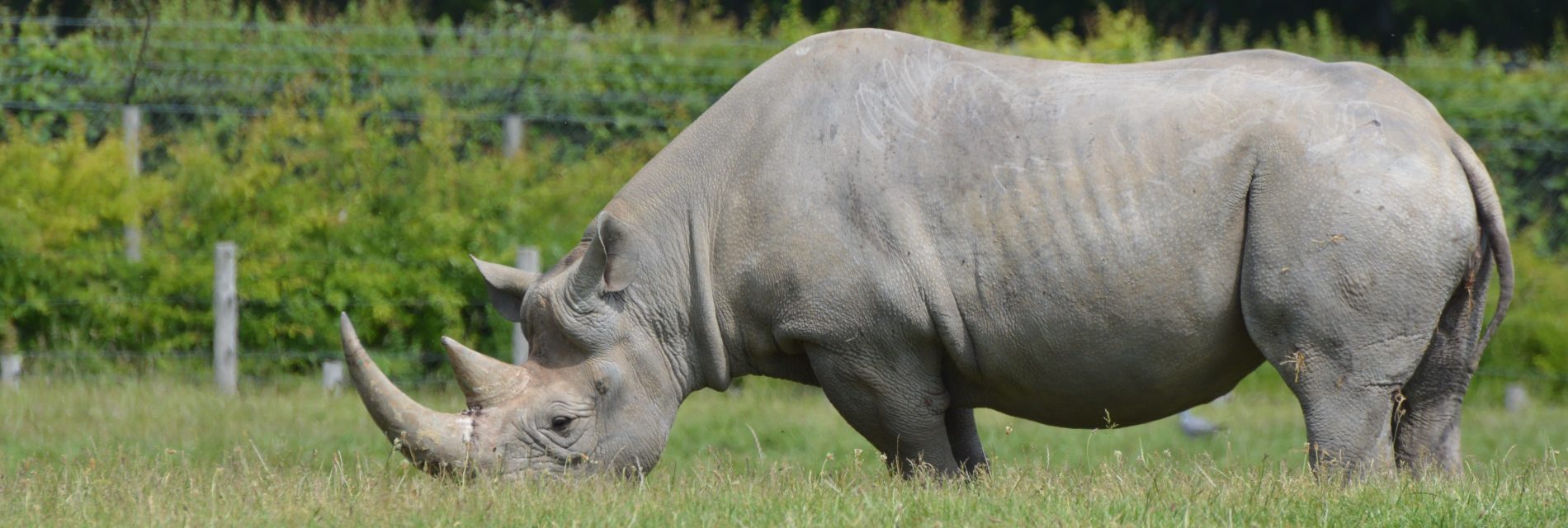
Synapsids lost superiority during the Triassic but a surviving sub-group, Mammals, would outlive all dinosaurs.
This leg structure allowed Dinosaurs to use less energy to move than other reptiles.
As resources become scarce in an unforgiving landscape, this natural efficiency was the difference between surviving and going extinct.
Over millions of years, this advantage allowed the planet’s dinosaur population to survive and spread.
This included the Herrerasaurus, a bipedal (two legged) carnivore discovered in Argentina.
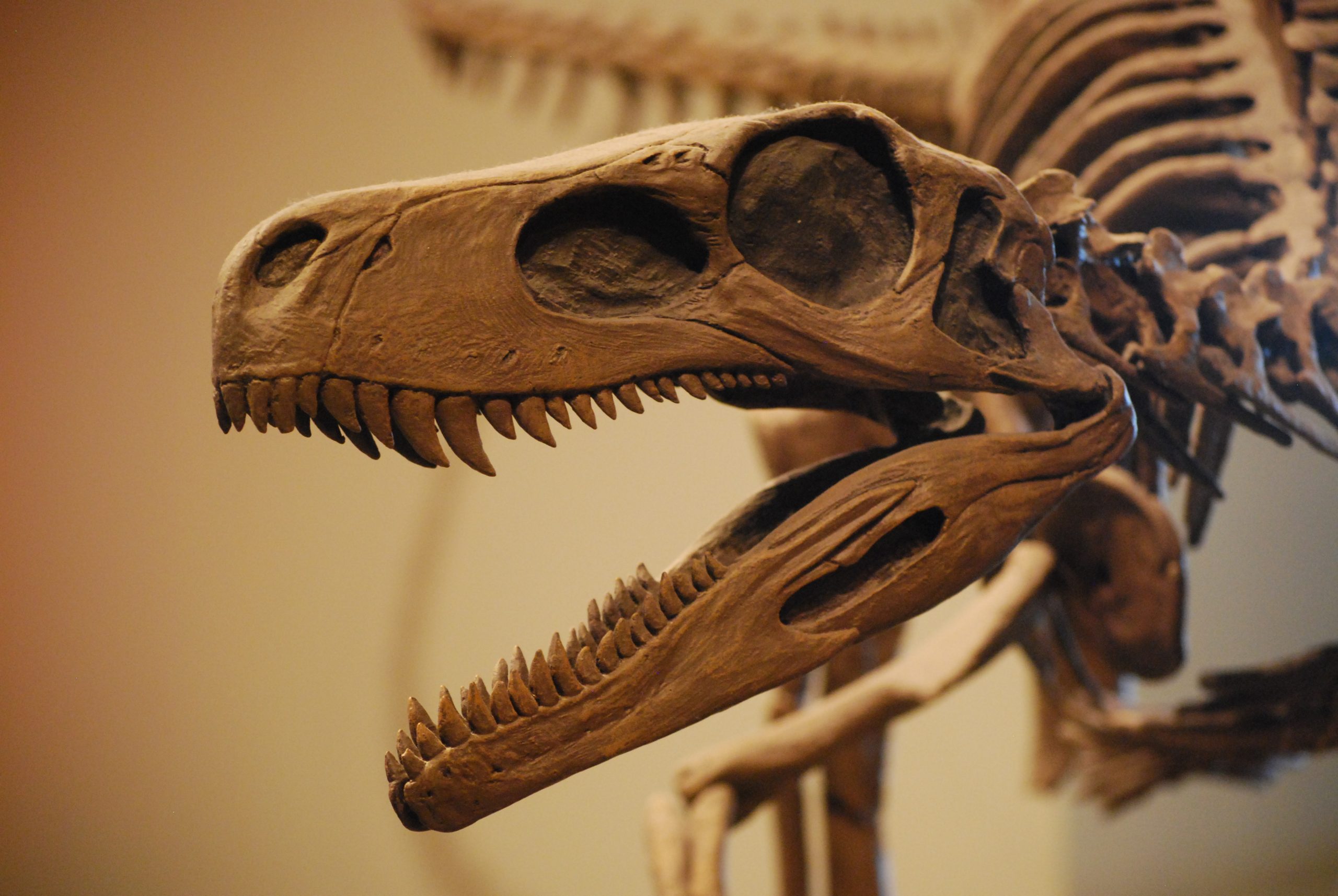
Herrerasaurus is one of the oldest dinosaurs on record (c.241 million y.a.) and may not even be a dinosaur at all, instead being a ‘transition’ species between another Archosaur group and the dinosaurs.
Life on land would continue to fight for survival on Pangea for 50 million years, spreading from the forests of conifers and ferns (grass had not evolved yet) to the arid central regions.
It took approximately 8 million years for sea life to recover from the P-T extinction event. Eventually, the oceans were home to a wide variety of creatures including Ammonites, and Archosaurs such as Plesiosaurs and the dolphin-like Ichthyosaurs.
However, it wasn’t until the Jurassic Period where the Dinosaurs truly began to dominate the Earth.

Ichthyosaurs were successful sea predators, growing to large sizes and survived well into the Cretaceous period.
Image Sources
“Herrerasaurus Skull“, by AStrangerintheAlps, licensed under CC BY 3.0.
